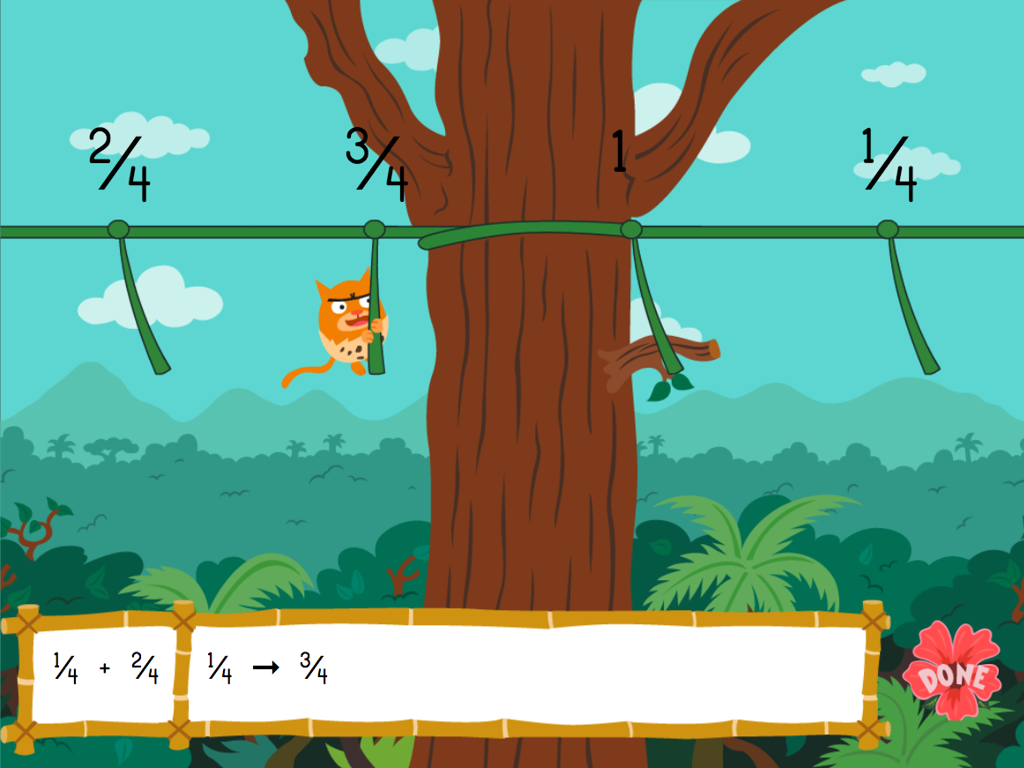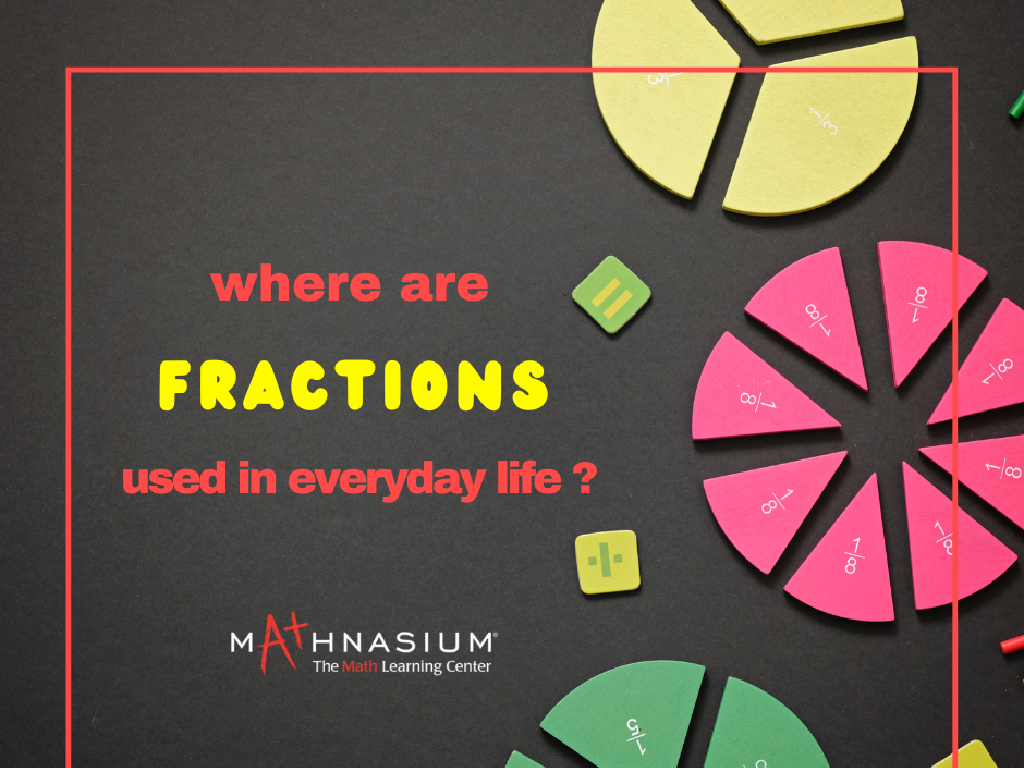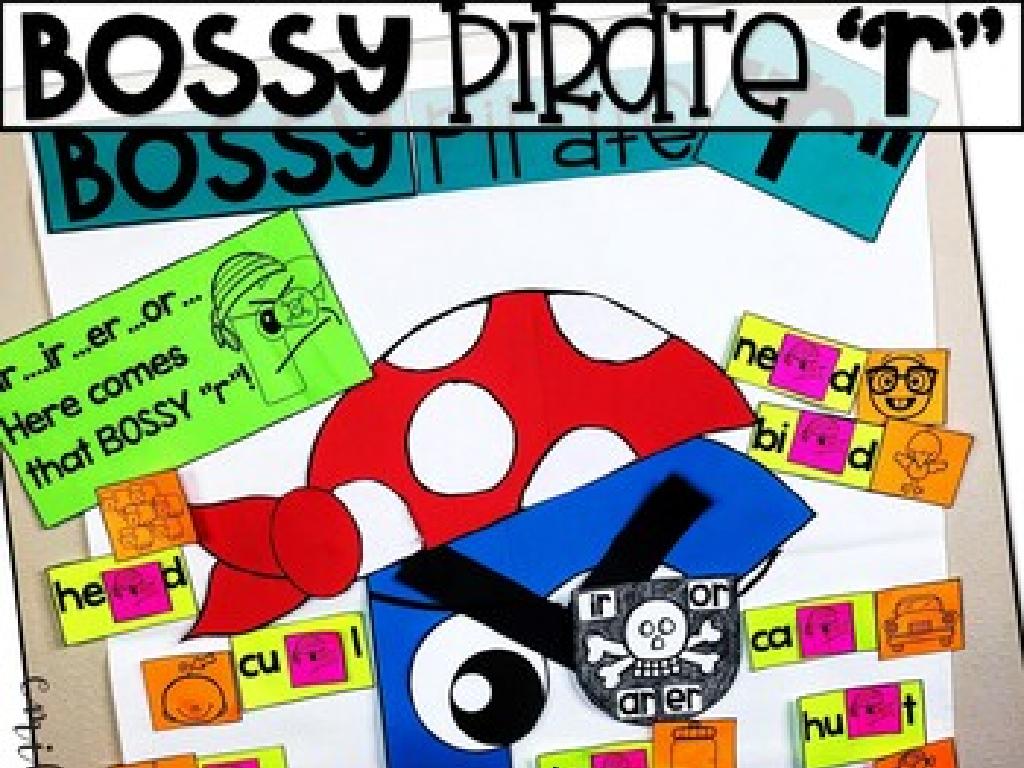Holds More Or Less
Subject: Math
Grade: Pre-k
Topic: Size
Please LOG IN to download the presentation. Access is available to registered users only.
View More Content
Exploring Size: More or Less
– Understanding ‘more’ and ‘less’
– ‘More’ means a larger amount, ‘less’ means a smaller amount.
– Comparing sizes with objects
– Use blocks or toys to see which has ‘more’ or ‘less’.
– Interactive games on ‘more’ or ‘less’
– We’ll play games to find which group has ‘more’ items.
– Get ready for fun learning!
|
This slide introduces the concept of quantity comparison to Pre-K students. Start by explaining the terms ‘more’ and ‘less’ with simple, relatable examples. Use classroom objects like blocks or toys to visually demonstrate the concept. Engage the students with interactive games where they group items and determine which has ‘more’ or ‘less’. Keep the activities light and fun, ensuring that the children are actively participating and enjoying their learning experience. The goal is to make the concept of comparing sizes tangible and intuitive for young learners.
Exploring Size: Holds More or Less
– Understanding size concept
– Size means how big or small things are.
– Comparing objects’ sizes
– Look at two things and tell which is bigger.
– Examples of size comparison
– We’ll see pictures to learn about size.
– Interactive size activity
|
This slide introduces the concept of size to Pre-K students, helping them understand that size refers to how big or small something is. Use everyday objects to demonstrate size comparison, such as comparing a small apple to a big watermelon. Encourage the children to participate by choosing objects from the classroom to compare with each other. For the interactive activity, have a set of items of varying sizes and let the students arrange them from smallest to largest or vice versa. This hands-on activity will reinforce their understanding of size and the concept of ‘holds more or less’.
Understanding ‘More’ and ‘Less’
– ‘More’ means having greater number
– ‘Less’ means having smaller number
– Use hands to show ‘more’ or ‘less’
– Hold up fingers to represent amounts
– Practice with real objects
– Count items like blocks or crayons
|
This slide introduces the concepts of ‘more’ and ‘less’ to Pre-K students. Start by explaining that ‘more’ is used when there is a greater amount or number of something, and ‘less’ is for a smaller amount or number. Demonstrate the concept using your hands, showing more fingers for ‘more’ and fewer fingers for ‘less’. Encourage the children to practice with you. Then, move on to using tangible objects like blocks or crayons to help them understand the concept in a more concrete way. Have the children count and compare different sets of items to reinforce the lesson. This hands-on activity will help solidify their understanding of ‘more’ and ‘less’.
Let’s Compare: More or Less?
– Comparing different objects
– Basketball vs. Soccer ball
– Which is bigger? Think about the balls you’ve seen.
– Mouse vs. Elephant
– Think about their sizes. Which one is bigger?
– Understanding ‘more’ and ‘less’
– ‘More’ means bigger in size, ‘less’ means smaller.
|
This slide is designed to introduce Pre-K students to the concept of comparing sizes and understanding the terms ‘more’ and ‘less’. Start by showing pictures of a basketball and a soccer ball, and ask the students which one they think is bigger or has ‘more’ size. Then, compare a mouse and an elephant, which will clearly illustrate the concept of ‘less’ size. Use real-life examples or classroom objects to reinforce the concept. Encourage the children to participate by asking questions and comparing objects they are familiar with. This activity will help develop their observational skills and their ability to compare and contrast different objects.
Activity Time: More or Less Game
– Let’s play with blocks!
– Sort blocks into two groups
– One pile has more, one has less
– Find which pile is bigger
– The pile with more blocks is bigger
– Find which pile is smaller
– The pile with fewer blocks is smaller
|
This activity is designed to help Pre-K students understand the concept of quantity by comparing groups of items. Provide a variety of blocks and encourage the children to sort them into two distinct groups based on quantity. Guide them to observe and determine which group has more blocks and which has less. This hands-on activity will help them visually and physically grasp the concept of more and less, which is fundamental in early math learning. For the activity, prepare different sets of blocks so each child or pair of children has enough to sort. Encourage them to count the blocks in each group if they can, to reinforce the concept. After sorting, facilitate a discussion about which pile is bigger and which is smaller and why. This will help them articulate their understanding of the concepts of more and less.
Class Activity: Fill the Buckets
– Two buckets: ‘More’ and ‘Less’
– Fill buckets with toys
– Which bucket has more or less?
– Guess before counting
– Count together to check
– Practice counting and comparing numbers
|
This activity is designed to help Pre-K students understand the concept of quantity by comparing two groups of items. Set up two buckets labeled ‘More’ and ‘Less’. Provide a variety of toys for the children to place in the buckets. Encourage them to predict which bucket will have more before counting. After filling the buckets, count the toys in each bucket as a class to determine which has more or less. This will help students practice counting and develop their understanding of comparative quantities. Possible variations of the activity could include using different items, having students work in pairs, or filling the buckets based on other attributes like size or color.
Celebrating Our Learning on Size!
– Congrats on learning more and less!
– Size shows who has more or less
– Comparing things like snacks or toys helps us understand size.
– You’re all math stars!
– Keep observing and comparing!
– Practice by sharing and comparing your toys or snacks with friends.
|
This slide is a positive reinforcement for the students, celebrating their understanding of the concepts of ‘more’ and ‘less’ as they relate to size. It’s important to remind them that size can be a visual indicator to compare quantities. Encourage the children to continue observing and comparing objects in their environment, reinforcing the concept through real-life examples. Praise their efforts and progress in recognizing these differences, and motivate them to keep practicing with everyday items. This will help solidify their understanding and application of the concept of size in a fun and engaging way.






